Pros and cons of growing wild garlic from seeds and bulbs
Growing wild garlic in the country will help you always have healthy greens at hand. It is not always possible to go to nature for wild onions. And such a trip can be very expensive: the plant is listed in the Red Book, and for its collection there is a fine. Why do you need shame and financial costs? The plant is unpretentious, caring for it will not take much time, but in early spring you will have vitamin greens, which you can pick at any time, and at the same time not hide from the foresters and rangers.
Preparatory work
In the wild, wild garlic grows in forests and in meadows under deciduous trees. This symbiosis is very important: the plants receive the sunlight necessary for development until the leaves bloom on the trees. In the summer, the aboveground part withers, and the entire colony of bulbs goes into hibernation. By that time, the forest is covered with dense foliage, and the light does not disturb the calm state of the rhizomes. Therefore, wild onions are not found in coniferous forests: pines and Christmas trees do not create a comfortable environment for him.
Ramson has adapted to any conditions, she does not need to look for a special place on the site. Select an area where crops that are demanding on lighting, soil composition and moisture cannot grow. The shade is even better: without the bright light, the foxes will be large and juicy, and plantation maintenance will become much easier.
Convenient places for the garden:
- under fruit trees;
- along the fence;
- between rows of bushes.
Although the plant is not very demanding on the soil, in order to get rich yields, you need to create comfortable conditions for it. Dig up the earth with a full bayonet of a shovel, apply fertilizer to the barren soil, and the garden bed will delight you with tender spring greenery for several years.
When digging for each m2 it is desirable to add:
- organic - 1 bucket;
- phosphate fertilizers - 30 g;
- potash fertilizers - 20 g;
- ammonium nitrate - 15g.
Features of planting seeds and bulbs
There are 2 ways to propagate wild garlic: sowing seeds and planting bulbs, and each method has its own characteristics. Planting seeds requires warm weather. The best germination is observed at a temperature of about + 20⁰. It is advisable to do this work in the spring or late summer. The fresher the seeds, the more viable they will be. Buy them before boarding and be sure to look at the packaging date. It is advisable to collect grains from existing plants immediately before planting.
Advice
To obtain seeds, cut the pods when they begin to turn yellow. If the shell has become hard, it means that the plant has passed into a dormant state, and the activity of the embryos has decreased.
If planting in September, make 1 cm deep furrows 20 cm apart. Seeds should not be sown often, the distance between plants should be at least 10 cm. Sprinkle with soil and a thin layer of black soil. There is no need to mulch yet, since the mulch layer should not be thinner than 5 cm. The seedlings will not be able to penetrate this thickness, they will not have enough light for development. You can cover the garden with foliage for the winter, but be sure to clear the ground in the spring. During the cold season, some grains will lose their germination and will not sprout, these places can be sown in spring. When planting is planned for May, it is necessary to stratify the seeds in winter. Keep grains at 0⁰ for 3 months. When warm days come, plant them just like in the fall.
Planting the bulbs is much easier, but only one plant will emerge from each root, and not all of them will take root. This method is convenient if you decide to destroy the plantation in the country and arrange a garden bed in another place.You need to do this work in the second half of the summer, when the plants have already plunged into hibernation. Make nests 30 cm apart, plant 2 roots in each hole. Do not bury the bulbs, the dry feathers should be visible from the ground. In the spring, pull out the weak bushes so that one copy remains in each hole.
Wild Onion Care
The main care for wild garlic is watering during the dry season and weed control. Apply nitrogen fertilizer in early spring for active growth of greenery. During the flowering period, you need to feed the plantings with a full complex fertilizer for the development of bulbs. When the leaves begin to wither, the care of the garden can be considered complete, the plants do not need any watering or nutrients.
In summer, carefully inspect the garden. Each year, the bulbs rise slightly to the surface of the soil. Mulch the whole earth with a thick layer of leaves, so the plants will feel like in their native environment. If the winters in your area are frosty and with little snow, cover the garden with straw before frost. In the spring, the shelter must be removed.
For the first 2 years, do not tear the young leaves, let the plant develop and gain strength. If at this time the onion releases a flower arrow, break it off so that the plant has more energy to develop the bulbs. If you are growing wild garlic from seed, when the plants mature, remove the weak specimens so that the strong bushes have room.
Wild onion at home
Cultivation of wild garlic is also possible at home on the windowsill. Note that although the height of the bulbs is very low, the roots of the plant go deep into the soil up to 20 cm. Take a container in which the root system will be spacious. Can buy seedling soil, or you can collect land in a deciduous forest and add peat to it in half the volume of the brought soil. Don't dig under conifers: wild garlic grows only under deciduous trees.
Planting seeds follows the same pattern as in open ground. After sowing, moisten the soil and cover the container with foil. In a warm place, seedlings will appear in about a month. When the sprouts come out of the ground, place the container in partial shade. When planting bulbs, they are buried in the ground by 3-5 cm and watered well.
Caring for home beds is almost the same as growing outdoors. Water the soil to keep it moist at all times, loosen the crust that appears. In summer, it is advisable to take containers out into fresh air. It is believed that when grown at home, greens are even more juicy and tasty than the harvest from the garden.
Output
Ramson is one of the first plants to supply animals and humans with fresh vitamins after a long winter. Due to the massive collection in many areas, it is under threat of destruction. In addition, the season of its appearance occurs simultaneously with the period of tick activity. Do not expose yourself to danger, leave the forest greens to the bears starving during the winter, and for yourself you can grow wild onions in your summer cottage or at home on the windowsill.
If it is possible to purchase a sufficient number of bulbs, plant rhizomes on the bed, this method is much easier. When sowing seeds in spring, it is imperative to carry out stratification. When the plants take root, your main worries will end. Now it remains to occasionally water and feed the plantings 2 times per season. And the most enjoyable work lies ahead in the spring - the collection of juicy tasty leaves.
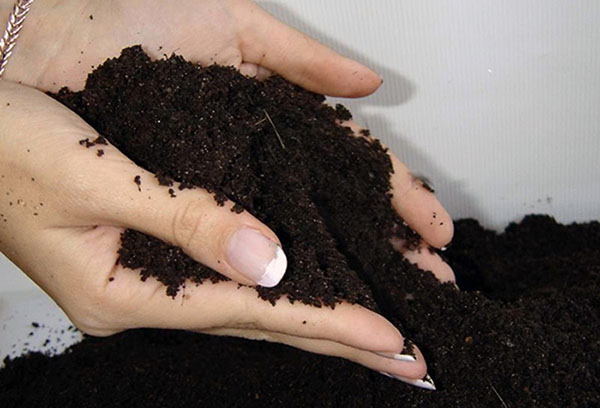
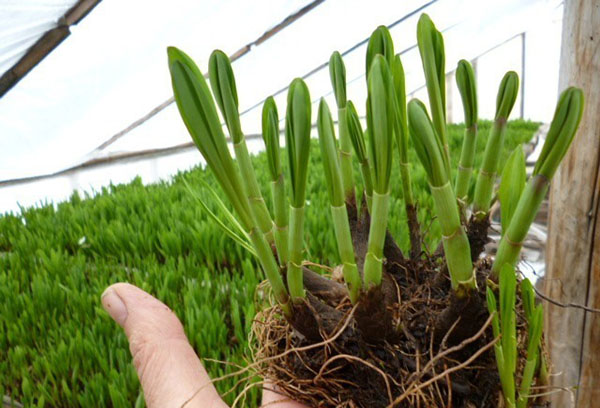
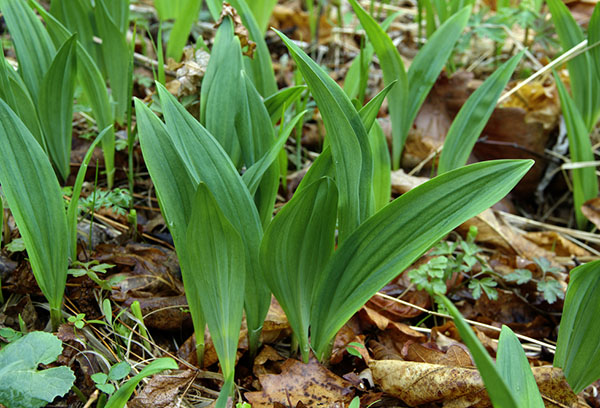

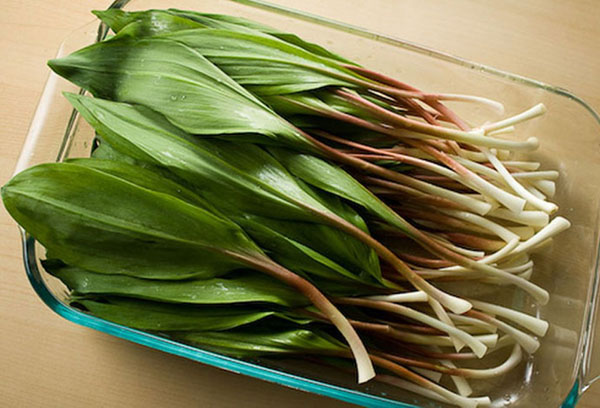
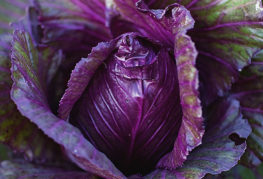
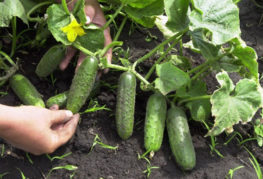



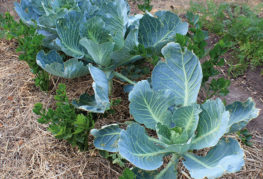
I bought wild garlic in the market with narrow leaves. Does this happen?